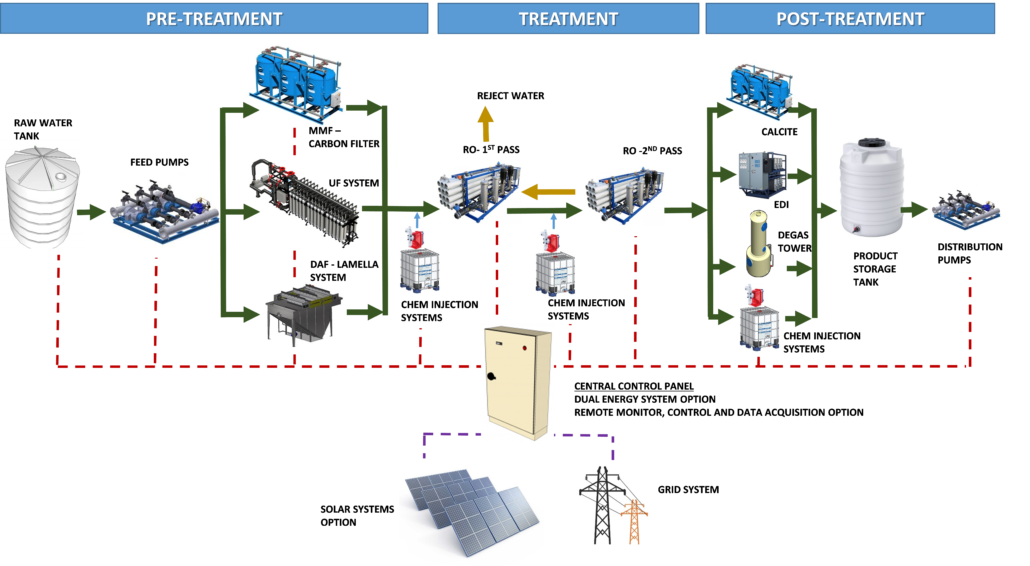HIGH TDS REDUCTION
WHAT IS HIGH TDS WATER?
There are potential health effects caused due to high TDS content in drinking water. The hard water will taste bitter, salty, or metallic and may have unpleasant odors. High TDS water is less thirst quenching.
High TDS interferes with the taste of foods and beverages, and makes them less desirable to consume. Some of the individual mineral salts such as Nitrates, Sodium, Sulfates, Barium, Cadmium, Copper and Fluoride that make up TDS pose a variety of health hazards such as causing stiffness in the joints, hardening of the arteries, kidney stones, gall stones and blockages of arteries, microscopic capillaries and other passages in which liquids flow through our entire body.
Sustainability of good health of living organisms depends upon the purity of water. Because of its inherent dissolution capacity, water naturally picks up minerals and salt present in the earth crust during the runoff and percolation process. Water is used for several purposes by human beings and the level of purity of water consumed is very crucial as it has a direct and telling effect on health.
HOW TO MAKE LOW TDS WATER?
In order to successfully remove most of the TDS content in water, the treatment process should have this stages:
- Filtration, for removal of suspended solids, odor, color and protect the membrane filtration system
- Reverse Osmosis, a two (2) pass system takes place to remove a high percentage of TDS. The product of the first pass feeds the second pass; and the reject water of the second pass acts as part of the feed of the first one
- Post-treatment, this process will depend of the usage of the water but it can be a remineralization system, chemical injection, etc.

OUR SOLUTION
Typically we recommend the following steps:

Complete flowchart for High TDS Reduction process showing the ADVANCEES systems. This flowchart vary based on raw water quality and customer’s requirement. Many options and combinations are possible, the best solution needs to accommodate the minimum life cycle cost such as low operating cost, low maintenance, easy to operate and monitor.

